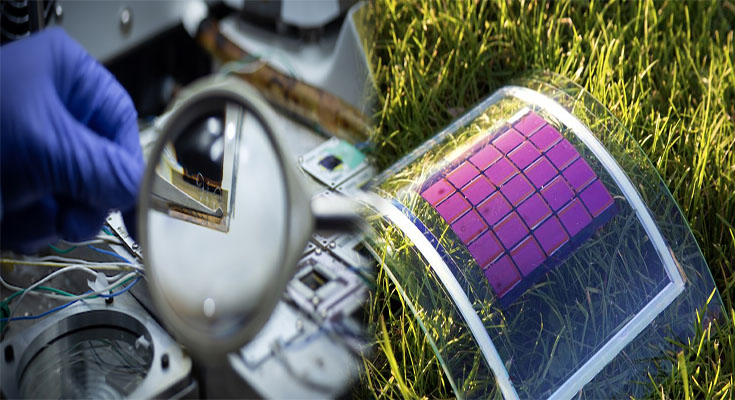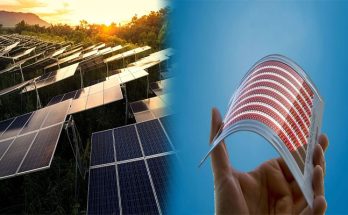In recent years, the need for sustainable and renewable energy sources has become increasingly urgent. Solar energy, in particular, offers a viable solution to reduce greenhouse gas emissions and reliance on fossil fuels. Among the different types of solar cells, organic solar cells have gained considerable attention due to their numerous advantages. Organic solar cells are lightweight, flexible, and can be easily integrated into various applications, making them an attractive option for sustainable energy production. However, to maximize their potential, it is essential to optimize the designs of organic solar cells for sustainability.
Enhancing Efficiency
One of the primary goals in optimizing organic solar cell designs is to enhance their overall efficiency. The conversion efficiency of organic solar cells is still lower than that of traditional silicon-based solar cells. Therefore, researchers are continuously working on improving the effectiveness of organic materials used in solar cells.
Advancements in material engineering and device architecture have contributed to significant improvements in efficiency. By carefully selecting the organic materials and optimizing their composition and structure, researchers have achieved higher power conversion efficiencies. Additionally, novel device architectures, such as tandem cells and multi-junction structures, have paved the way for higher efficiency by utilizing a wider range of the solar spectrum.
Increasing Durability
Sustainability goes beyond just the energy conversion efficiency. It also involves the durability and lifespan of the materials and devices. Organic solar cells face challenges in terms of stability and degradation. The organic materials used in these cells are sensitive to environmental factors such as heat, moisture, and oxygen, which can lead to a decrease in performance over time.
To optimize the designs for sustainability, researchers are developing protective coatings and encapsulation methods to shield the organic materials from these detrimental effects. Enhancing the long-term stability of organic solar cells is crucial to ensure their viability as a sustainable energy solution.
Eco-friendly Materials
Another aspect of optimizing organic solar cell designs for sustainability is the use of eco-friendly materials. Conventionally, organic solar cells have relied on materials derived from fossil fuels, which contradict the goal of reducing carbon emissions. However, sustainable alternatives are being actively explored.
Researchers are investigating the use of organic materials sourced from renewable resources, such as natural dyes, polymers, and nanoparticles. These alternative materials not only have a lower environmental impact but also offer the potential for better performance. By incorporating eco-friendly materials into the designs, organic solar cells can contribute to a greener and more sustainable future.
Manufacturing Scalability
For organic solar cells to become a widespread technology, it is essential to optimize their designs for large-scale manufacturing. The scalability of the manufacturing processes determines the cost-effectiveness of these solar cells. Researchers are exploring new fabrication techniques, such as roll-to-roll printing and spray coating, to achieve high throughput and reduce production costs.
Furthermore, the optimization of device architectures should consider the compatibility with existing manufacturing infrastructure. This will enable the integration of organic solar cells into existing production lines, making it easier for manufacturers to transition to sustainable energy solutions.
Optimizing organic solar cell designs for sustainability requires a multidisciplinary approach that considers efficiency, durability, eco-friendliness, and scalability. By enhancing the efficiency and stability of organic solar cells, utilizing eco-friendly materials, and developing scalable manufacturing processes, we can pave the way for a more sustainable future powered by renewable energy. Continued research and innovation in this field will be crucial to maximize the potential of organic solar cells and accelerate the transition to a greener and more sustainable energy system.





